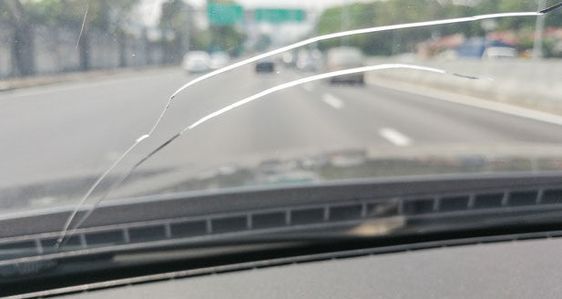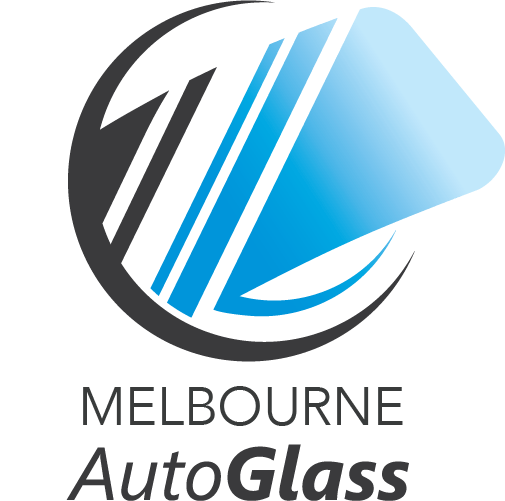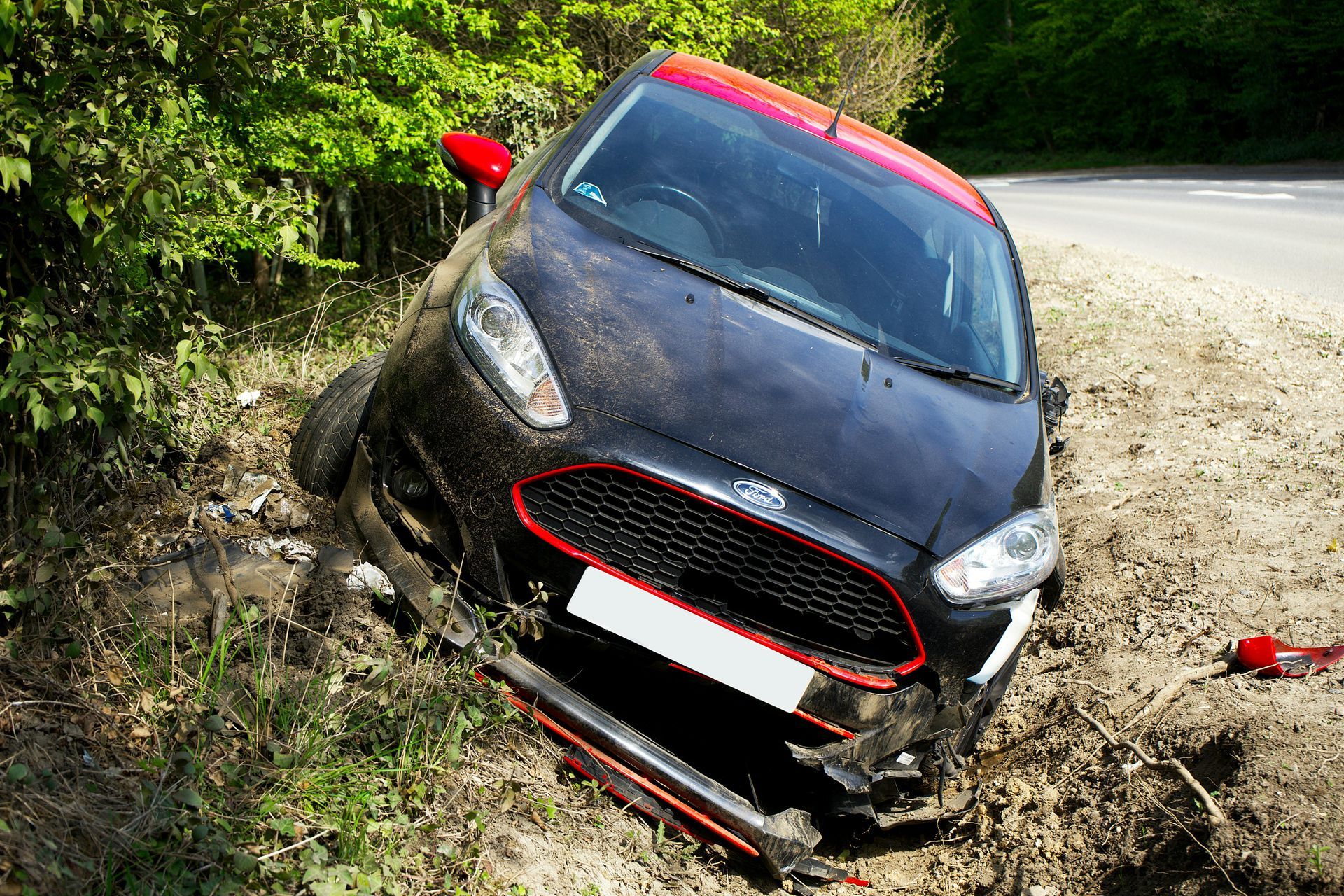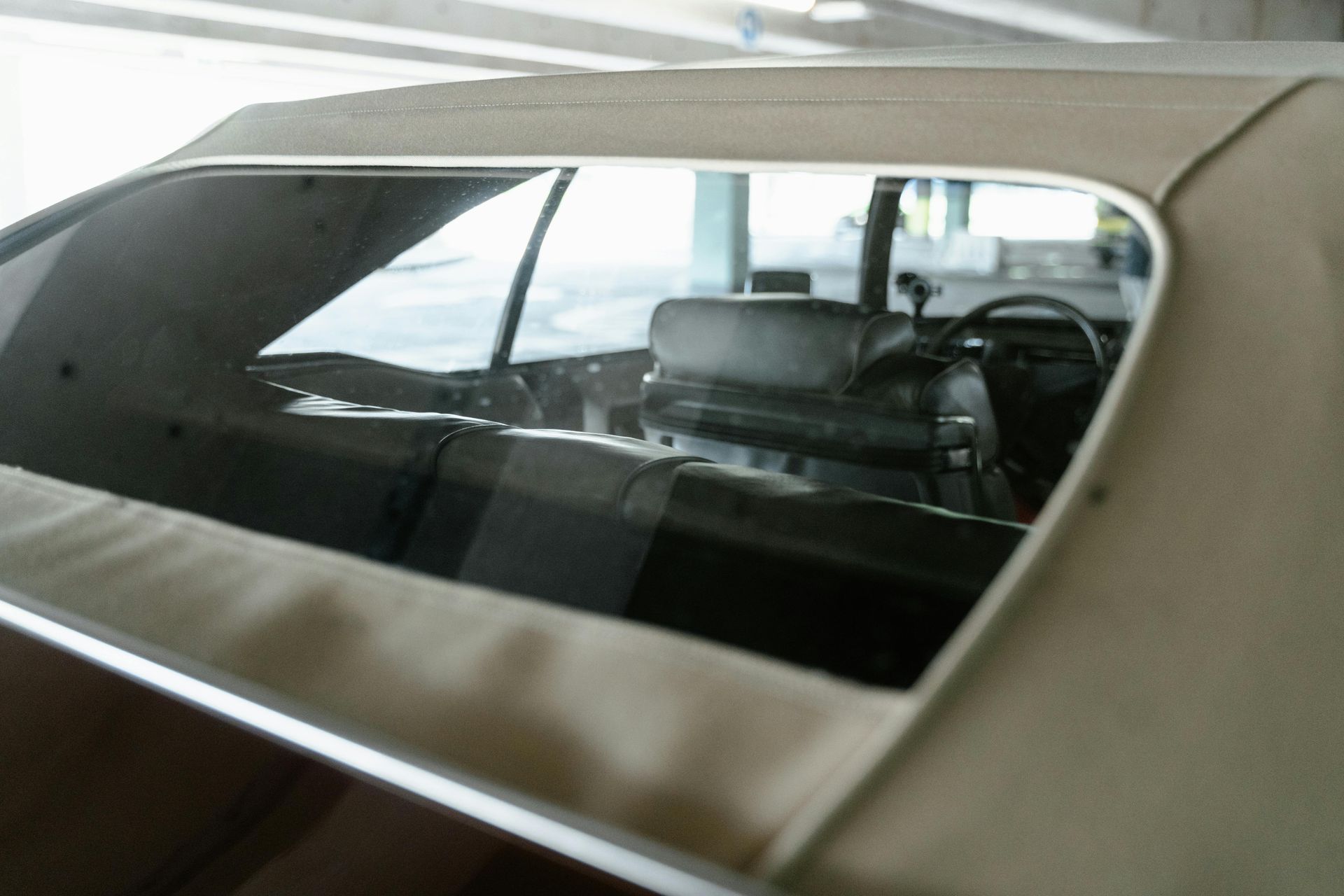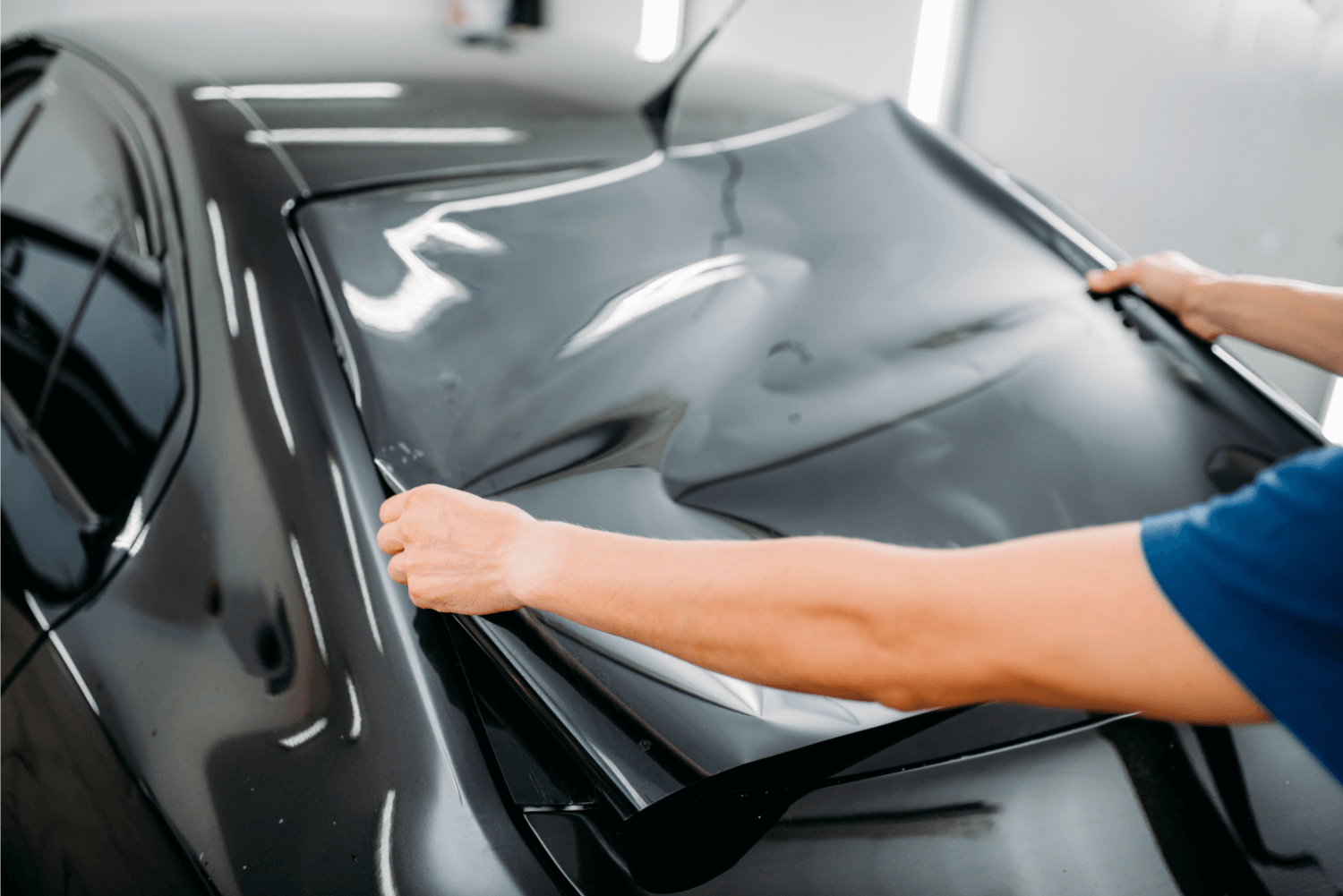Why Your Side Window Squeaks (and How to Stop It)
That annoying squeak every time you roll down your car
window is more than just an embarrassing noise—it's often a sign of underlying issues that could lead to costly repairs if left unaddressed. Side window squeaking affects countless Melbourne drivers, particularly during seasonal weather changes when temperature and humidity fluctuations stress window mechanisms and sealing systems.

Understanding Window Mechanism Components
Side window systems in modern vehicles comprise intricate mechanical assemblies that rely on precise component interaction for smooth, quiet operation. The window regulator mechanism, whether manual or electric, uses a complex system of gears, cables, or scissor-type linkages to control glass movement within door frames. These components work in harmony with weather seals, guide channels, and support brackets to ensure proper window function whilst maintaining weatherproofing and security.
Window glass travels within specially designed channels lined with felt, rubber, or plastic materials that guide movement whilst preventing lateral wobbling or binding. These guide materials experience constant friction during window operation and are particularly susceptible to wear, contamination, and environmental damage that can produce squeaking sounds. Additionally, the window regulator motor and gear assemblies contain moving parts that require lubrication and proper adjustment to operate quietly.
Weather sealing systems around window perimeters serve multiple functions, including noise reduction, weather protection, and glass guidance during operation. These seals experience constant compression and extension cycles as windows move, whilst also enduring exposure to UV radiation, temperature extremes, and environmental contaminants that can cause hardening, cracking, or degradation, leading to increased friction and noise generation.
Key Window System Components
Understanding these elements helps identify squeak sources:
- Window regulator: Motor and gear assembly controlling glass movement.
- Guide channels: Tracks directing glass travel and preventing lateral movement.
- Weather seals: Rubber or plastic strips providing weatherproofing and guidance.
- Support brackets: Hardware mounting window assembly within the door structure.
- Lubrication points: Areas requiring regular maintenance for smooth operation.
- Adjustment mechanisms: Hardware enabling precise window alignment and operation.
Common Causes of Window Squeaking
Dried or contaminated lubricants represent the most frequent cause of window squeaking, as moving parts lose their protective lubrication layer through normal use, environmental exposure, and time. Window mechanisms contain multiple lubrication points that require specific lubricant types to maintain smooth operation, with different components needing different lubrication approaches. When these lubricants break down or become contaminated with dirt and debris, metal-on-metal contact creates the characteristic squeaking sounds that indicate maintenance needs.
Worn weather seals contribute significantly to window squeaking, particularly in older vehicles or those exposed to harsh environmental conditions common in Melbourne's variable climate. These seals can harden, crack, or develop rough surfaces that increase friction as the glass moves past them during operation. Additionally, contamination of seal surfaces with dirt, tree sap, or other substances can create uneven contact that produces squeaking or grinding noises.
Misaligned window glass or regulator components create uneven pressure distribution and abnormal contact points that generate squeaking sounds during operation. This misalignment can result from accident damage, normal wear and settlement, or improper previous repairs that failed to restore correct component positioning. Misalignment issues often worsen over time and may eventually prevent proper window closure or cause glass breakage if not corrected.
Environmental Factors Contributing to Squeaking
Melbourne's climate creates specific challenges for window mechanisms:
- Temperature fluctuations: Expansion and contraction affect component fit and lubrication.
- UV radiation: Degrading rubber seals and plastic components over time.
- Humidity variations: Causing corrosion and affecting lubrication effectiveness.
- Dust and pollen: Contaminating moving parts and increasing friction.
- Salt air exposure: Coastal areas are experiencing accelerated corrosion and wear.
- Seasonal changes: Dramatic weather shifts are stressing all window system components.
Immediate DIY Solutions for Window Squeaks
Simple cleaning and lubrication often resolve minor window squeaking issues without requiring professional intervention or expensive parts replacement. Begin by thoroughly cleaning window channels and weather seals using appropriate cleaning products that remove dirt, grime, and contamination without damaging rubber or plastic components. Use soft brushes or cloths to access narrow channels whilst avoiding harsh chemicals that could degrade seal materials or finishes.
Lubrication of accessible moving parts provides immediate relief for many squeaking issues, with silicone-based lubricants proving most suitable for automotive window applications. Apply lubricant sparingly to guide channels, pivot points, and visible moving parts whilst avoiding over-application that could attract dirt or interfere with electrical connections in power window systems. Focus lubrication efforts on areas where metal components contact each other or move against guide materials.
Weather seal conditioning helps restore flexibility and reduce friction in hardened or degraded sealing materials that contribute to squeaking sounds. Specialised rubber conditioners can rejuvenate weather seals whilst protecting against future UV damage and hardening. Apply conditioners according to manufacturer instructions, ensuring complete coverage whilst avoiding contact with glass surfaces that could create visibility issues.
Step-by-Step DIY Squeak Resolution
Follow this systematic approach for immediate squeak relief:
- Window channel cleaning: Remove debris and contamination from guide tracks.
- Seal inspection: Check weather seals for damage, hardening, or contamination.
- Lubrication application: Apply appropriate lubricants to moving parts and contact points.
- Operation testing: Cycle window multiple times to distribute lubricants evenly.
- Adjustment checks: Verify proper window alignment and closure.
- Follow-up monitoring: Observe performance over several days to ensure resolution.
Professional Diagnosis and Repair Solutions
Complex window squeaking issues often require professional diagnosis to identify underlying mechanical problems that simple maintenance cannot resolve. Experienced automotive glass technicians possess specialised tools and knowledge necessary to disassemble window mechanisms safely whilst diagnosing worn components, alignment issues, or damage that may not be visible during basic inspection. Professional assessment helps distinguish between simple maintenance needs and more serious problems requiring parts replacement or major repairs.
Window regulator problems can manifest as squeaking but often indicate more serious mechanical issues that could lead to complete window failure if not addressed promptly. Professional technicians can identify early signs of regulator wear, cable fraying, or motor problems that may initially present as minor squeaking but could progress to complete window malfunction. Early professional intervention often prevents more expensive repairs whilst ensuring continued window functionality.
Precision alignment procedures performed by qualified technicians ensure optimal window operation whilst eliminating squeaking caused by improper component positioning. These adjustments require specialised knowledge of specific vehicle window systems and may involve computer diagnostic equipment to ensure proper calibration of electronic window controls and safety systems.
When Professional Service Is Required
Seek professional help for these window squeaking scenarios:
- Persistent squeaking: Issues continue despite proper cleaning and lubrication.
- Intermittent operation: Windows that stick, bind, or operate inconsistently.
- Electrical problems: Power windows with erratic operation or complete failure.
- Alignment issues: Windows that don't close properly or seal correctly.
- Safety concerns: Any condition affecting window security or weatherproofing • Complex mechanisms: Luxury vehicles with advanced window control systems.
Preventive Maintenance for Long-Term Performance
Regular preventive maintenance significantly reduces window squeaking incidents whilst extending the lifespan of window mechanisms and associated components. Establishing a maintenance schedule that includes monthly cleaning, quarterly lubrication, and annual professional inspection helps identify potential problems before they develop into costly repairs or safety concerns. Consistent maintenance proves particularly important in Melbourne's variable climate, where environmental stresses accelerate component wear.
Seasonal maintenance adjustments account for changing environmental conditions that affect window mechanism performance throughout the year. Winter preparations may include additional lubrication to combat increased friction from cold temperatures, whilst summer maintenance focuses on UV protection and heat-related expansion issues that can affect component alignment and operation.
Documentation of maintenance activities helps track component performance and identify patterns that may indicate developing problems or successful maintenance strategies. Keeping records of when squeaking occurs, maintenance performed, and results achieved provides valuable information for both personal reference and professional technicians who may need to address more complex issues.
Comprehensive Maintenance Schedule
Implement this maintenance routine for optimal window performance:
- Monthly cleaning: Remove dirt and debris from accessible window components.
- Quarterly lubrication: Apply appropriate lubricants to moving parts and contact points.
- Seasonal inspections: Check for weather-related damage or wear patterns.
- Annual professional service: Comprehensive inspection and adjustment by qualified technicians.
- Problem documentation: Record squeaking incidents and maintenance performed.
- Environmental protection: Park in covered areas when possible to reduce exposure.
Conclusion
Window squeaking may seem like a minor annoyance, but addressing it promptly protects your vehicle's functionality whilst preventing more serious problems that could compromise safety and convenience. Understanding the causes of window squeaks empowers you to take appropriate action, whether through simple DIY maintenance or professional repair services, ensuring your windows continue operating smoothly and quietly.
Regular maintenance and prompt attention to developing problems provide the best strategy for long-term window performance and cost control. By recognising warning signs early and implementing appropriate solutions, you can maintain your vehicle's comfort and functionality whilst avoiding expensive emergency repairs that could have been prevented through proactive care.
About Melbourne AutoGlass
Melbourne AutoGlass provides comprehensive automotive glass services including window repair, replacement, and maintenance throughout Melbourne. Our experienced technicians specialise in resolving window squeaking issues and ensuring optimal performance of all automotive glass systems for safe, comfortable driving.
